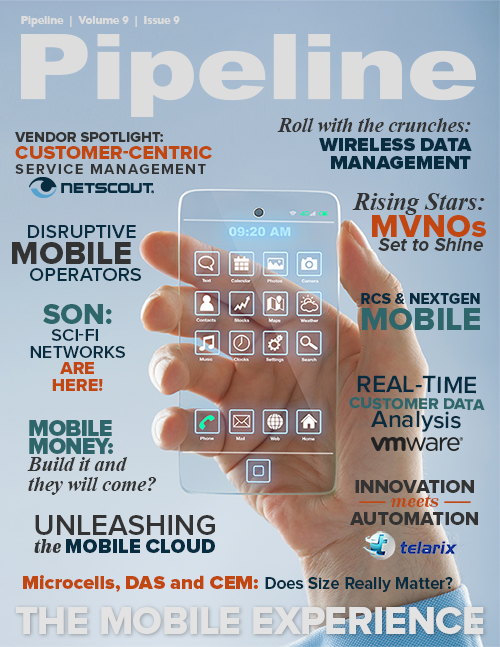How Rich Communications Enables the Next Generation of Connected Apps
By: Allan Johnson

Consumers today expect a rich communication experience from their smartphones, tablets and PCs, meaning they expect to be able to share photos, multimedia, files, contacts, locations, and status updates and have multiparty video and audio chats. The challenge has been to enable developers of mobile apps to provide these kinds of real-time services anywhere, anytime in an easy-to-use and reliable manner. Now the Rich Communication Services (RCS) initiative does just that, allowing these services to be performed in a standardized, universal way across all future cellular communication devices.
In fact, RCS offers much more for future applications. While app markets have spurred an explosion of exciting, creative products, so far those apps can only communicate via users whoâve downloaded the same ones. There is no consistent way to perform this communication, so itâs currently impossible to connect different applications on different usersâ devices, nor is it possible to sync them with cloud-based services in a standardized way. Furthermore, the performance of the underlying real-time communication varies widely between applications and across different network conditions.
The evolution of RCS
Although RCS Release 1 specifications were issued by the GSM Association (GSMA) in 2008, followed by Release 2 in â09, RCS really only took off in 2010, when the âbig fiveâ European carriers â Deutsche Telekom, Orange, Telecom Italia, TelefĂłnica, and Vodafone â announced their plans to launch a subset of RCS named RCS-e (the E is for âenhancedâ) across several European markets by 2011 to provide users with a consistent set of rich communication services, including a network address book, user presence and status, file exchange, and video calling. Last year GSMA announced the âjoynâ branding for RCS-e, which Orange, TelefĂłnica and Vodafone introduced in Spain.
Parallel to the debut of joyn in 2012, RCS has evolved quickly from RCS-e to RCS 5.2, and is now positioned for a worldwide rollout. While early RCS-e rollouts have successfully engaged end users in rich communication, there is still a challenge when it comes to usersâ preference and familiarity with common non-RCS applications found in app stores, such as WhatsApp and the Korean-based KakaoTalk, which dispense similar functionality to initial RCS-e services. During the initial launch of RCS the greater community of application developers wasnât involved, and was in fact competing against it.





















